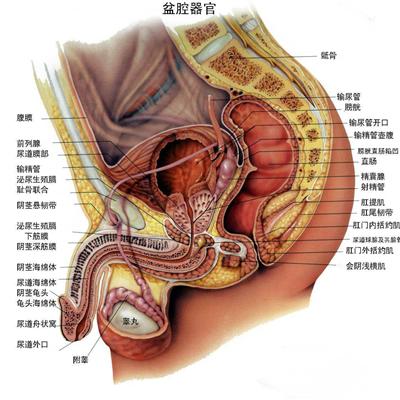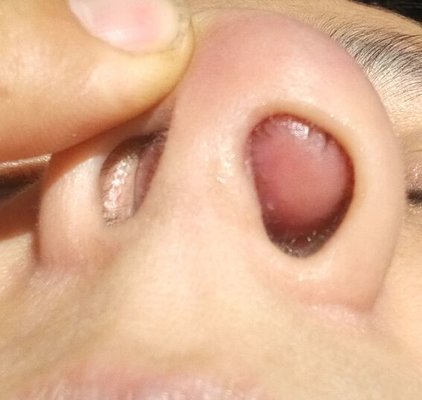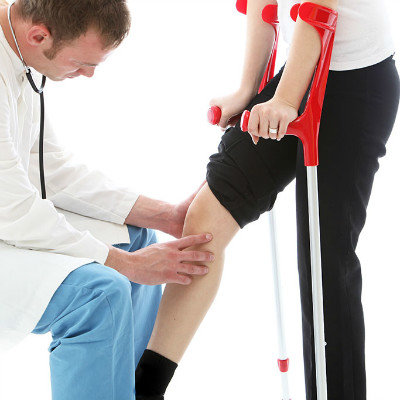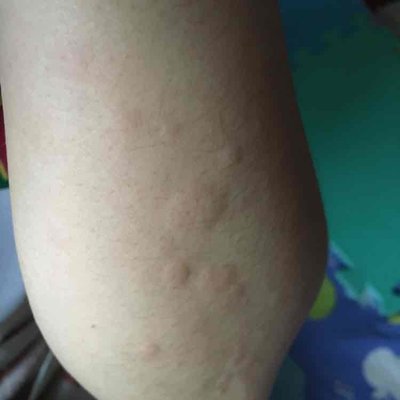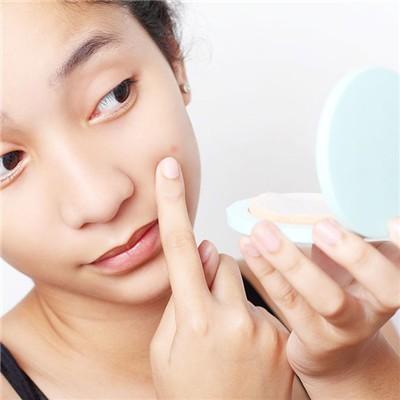How to do with nickel poisoning?
summary
Nickel poisoning is mainly caused by inhalation of nickel and its salts dust. The clinical manifestations are respiratory irritation and skin damage. In industry, nickel is used to make various nickel alloys, utensils and materials. Long term exposure to nickel increased the risk of cancer in addition to poisoning. How to do with nickel poisoning?
How to do with nickel poisoning?
Causes (1) nickel dermatitis wearing nickel plated watches, jewelry, spectacle frames, using nickel plated appliances, and contacting nickel powder and nickel sulfate at work can cause allergic dermatitis. Its skin lesions and general contact dermatitis similar, but often accompanied by itching, it is also known as "nickel itching."( 2) Bronchial asthma or pulmonary eosinophilic infiltration may occur in patients with respiratory tract injury who are highly sensitive to nickel and its compounds. Some foreign literatures reported that workers exposed to nickel powder had pneumonia.

In order to make sure that the respiratory symptoms and skin lesions are caused by nickel, the diagnosis must be based on the occupational history, production environment and occupational epidemiological investigation, with reference to the data of nickel in urine or blood, comprehensive analysis and exclusion of other causes. Patients with cough, expectoration, chest tightness, chest pain, asthma. Chest X-ray showed increased lung markings, patchy shadows and widened hilar. Workers engaged in nickel electrolysis and electroplating may have rhinitis, loss of smell and perforation of nasal septum. Skin damage is more common in exposed areas. Erythema, papule and herpes are the nature of the lesions, which are often very itchy, so it is called "nickel itching". The chronic lesions were lichenoid or pigmented. The lesions healed within a few weeks or months. Long term exposure to nickel increased the risk of nasal cancer and lung cancer.

Treatment principle 1. Immediately leave the scene of poisoning, take off contaminated clothes, wash contaminated skin and hair, stay in bed and keep quiet. Close observation and symptomatic treatment. 2. Correct hypoxia, give oxygen inhalation and keep respiratory tract smooth. 3. To prevent and treat pulmonary edema, glucocorticoid should be used in early, sufficient and short-term, and fluid input should be controlled. Defoamer (dimethyl silicone oil aerosol) can be used. 4. Prevent infection, prevent complications and maintain electrolyte balance.

matters needing attention
Prevention 1. In the production workshop, strictly implement rules and regulations and mechanical operation procedures, strengthen ventilation and personal protection. 2. Wear nickel plated watch, jewelry, spectacle frame, use nickel plated appliances, and contact metal nickel powder and nickel sulfate at work. Pay attention to skin cleaning and prevent dermatitis. 3. The patient had cough, expectoration, chest tightness, chest pain and asthma. If chest X-ray shows abnormal manifestations such as increased lung markings, patchy shadows and widened hilar, timely examination and active treatment should be carried out.


